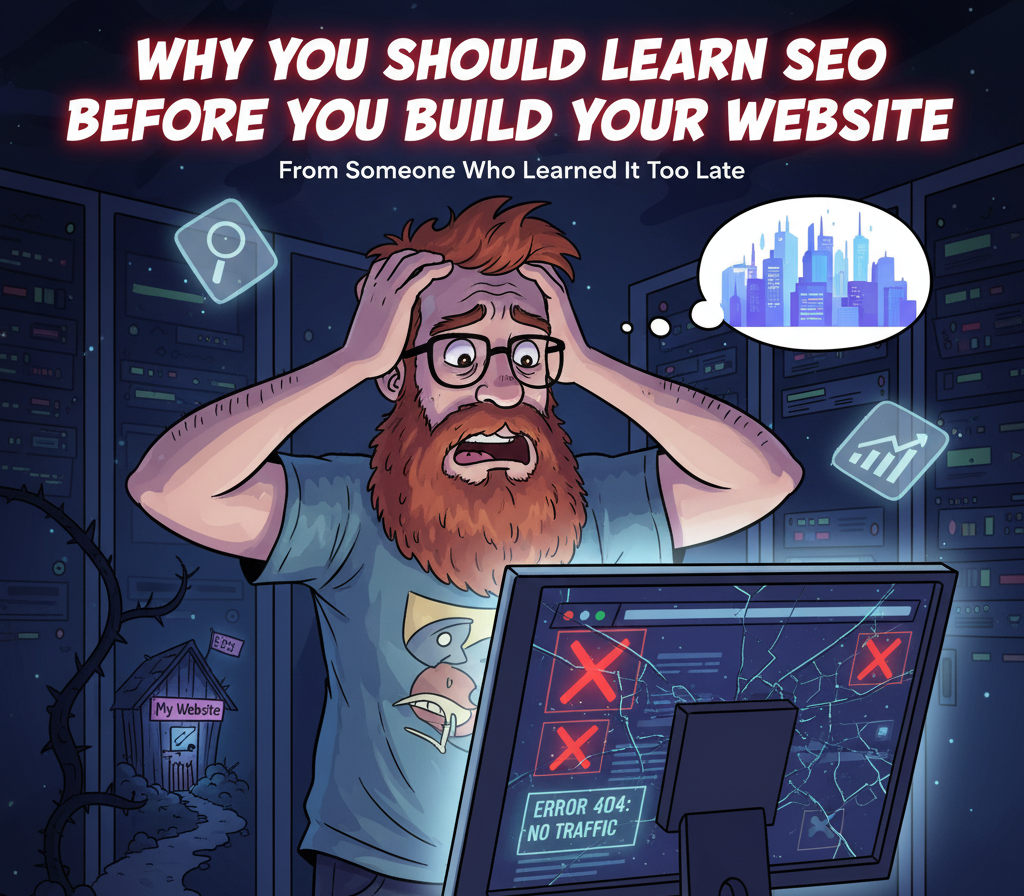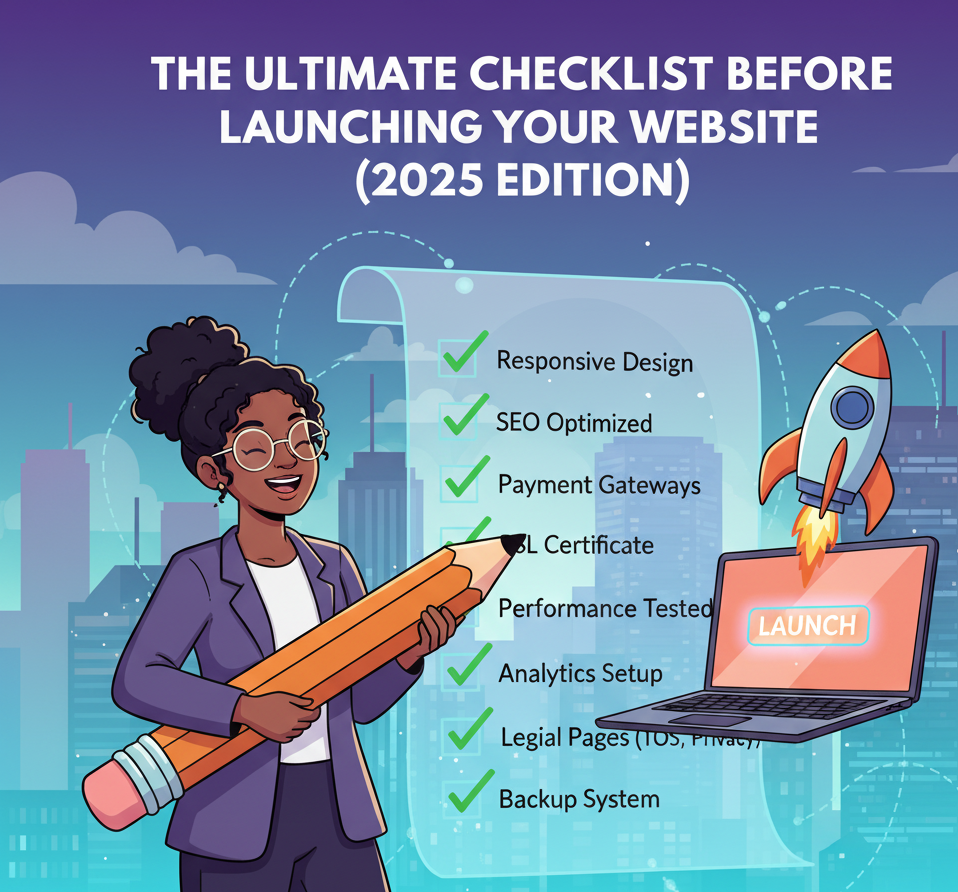So, you’re ready to build your business website — but before you dive into design or development, there’s one thing you can’t afford to ignore: SEO (Search Engine Optimization).
Here’s the truth — even the most beautiful website won’t help your business if no one can find it.
Understanding SEO before your site goes live can save you time, money, and endless frustration later.
Let’s break down the core SEO principles every business owner should know before hitting “launch.”
1. Keywords Are the Foundation
Think of keywords as the bridge between what people search for and what your business offers.
Before building your site, you should know:
- What your target audience searches for
- The words or phrases they use
- The intent behind their searches
Use free tools like Google Keyword Planner or Ubersuggest to identify relevant keywords for your industry.
Then, plan your website structure — pages, blog categories, and content — around them.
2. Structure Your Website for Search Engines
A well-structured website isn’t just easier for users — it’s easier for Google to crawl.
Before development begins, make sure your site plan includes:
- A logical page hierarchy (Home → Services → Service Details)
- SEO-friendly URLs (like droplab.co/web-design instead of /page1)
- Internal linking strategy for easy navigation
Your developer and SEO expert should collaborate from day one — not after the site is built.
3. Optimize for Mobile First
Google now uses mobile-first indexing, meaning your mobile version decides your ranking.
A responsive, mobile-optimized design isn’t optional anymore — it’s essential for visibility.
4. Site Speed = Ranking Power
Website speed directly affects user experience and SEO rankings.
Tools like Google PageSpeed Insights can show you where your site might slow down.
💡 Tip: Choose modern frameworks, optimized hosting, and compressed images.
5. On-Page SEO Basics
Once your site’s ready for content, make sure every page includes:
- Title tags with target keywords
- Meta descriptions that attract clicks
- Headers (H1–H3) with relevant terms
- Image alt text for accessibility + SEO
- Short, readable URLs
These details might seem small, but together they form the backbone of your visibility.
6. Create Content That Solves Problems
Google rewards helpful content. Before launch, plan a blog or resource section.
Share insights, tutorials, or industry tips related to your business — it builds trust and search authority.
7. Set Up Analytics and Tracking Early
Don’t wait until after launch to measure success.
Install Google Analytics and Google Search Console to track traffic, performance, and keywords from day one.
Conclusion
Building a website without SEO is like opening a store in the desert — no one will find you.
By planning with SEO in mind from the start, you’ll attract the right audience and grow faster.
💡 At Droplab, we help businesses build SEO-optimized websites designed for visibility and performance.



